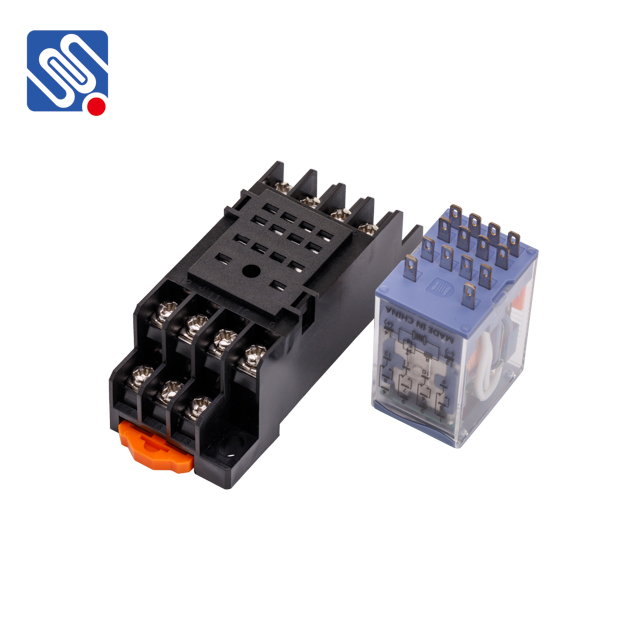understanding electromagnetic relays and the role of meishuo in their development
Release time:2025-03-27 21:31:16
An electromagnetic relay is a type of electrical switch that uses an electromagnet to mechanically operate a set of contacts. These relays are pivotal in controlling the flow of electrical current in a variety of devices, ranging from household appliances to large industrial machines. Their primary function is to allow a low-power signal to control a high-power circuit, making them essential for safety, automation, and electrical management.

Basic Working Principle of Electromagnetic Relays
At the core of an electromagnetic relay is an electromagnet, which is created by passing an electric current through a coil of wire. When the current flows through the coil, it generates a magnetic field. This magnetic field pulls or pushes a movable armature that is mechanically linked to the relay's switch contacts. When the armature moves, it either closes or opens the contacts, thereby controlling the connection in the circuit.
The relay typically has two key components: the coil and the contacts. The coil, when energized, generates the magnetic field, while the contacts are responsible for opening or closing the circuit depending on the movement of the armature. Electromagnetic relays can come in different forms, such as single-pole, double-pole, and multi-pole configurations, depending on how many circuits they can control at once.

